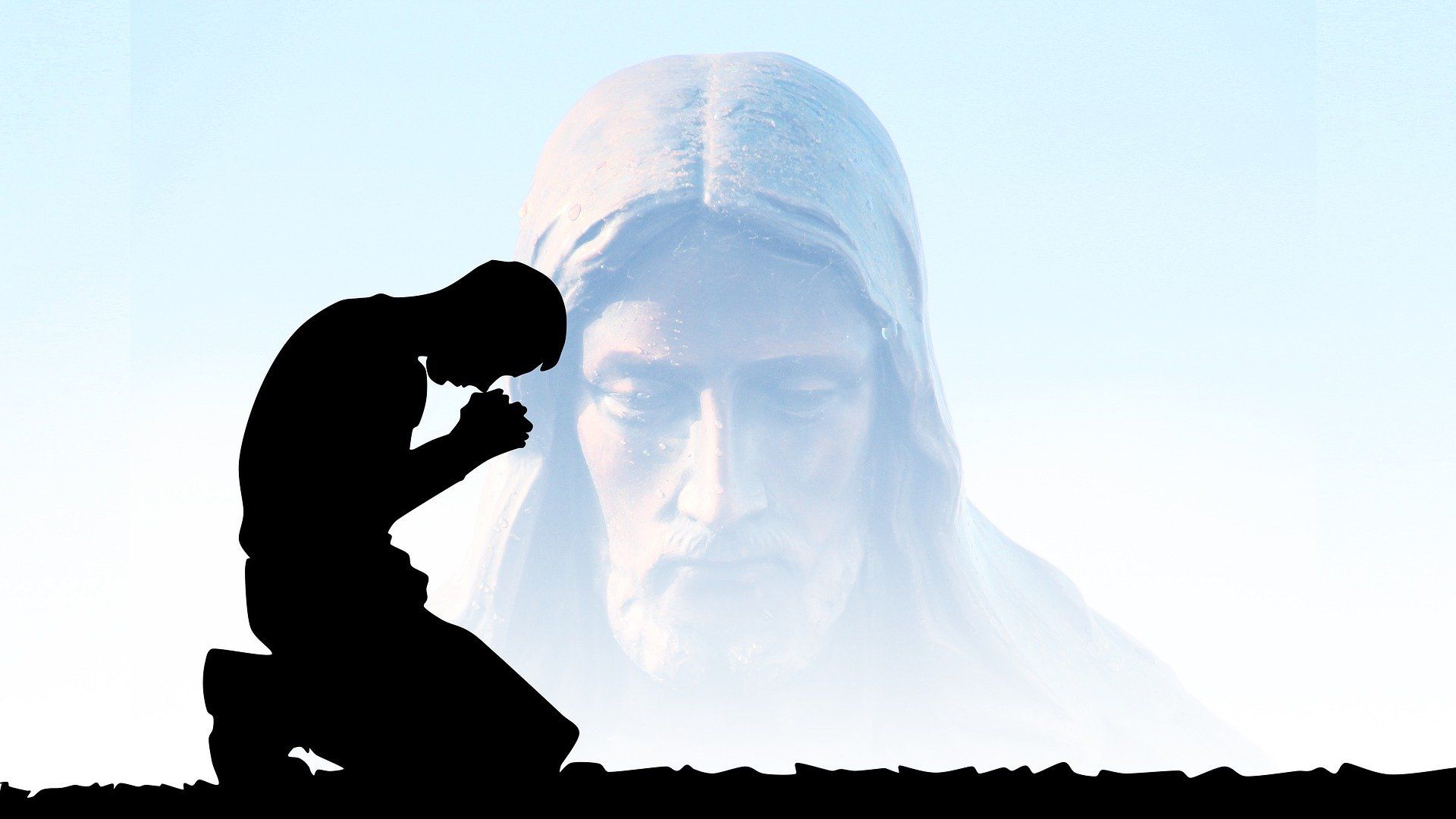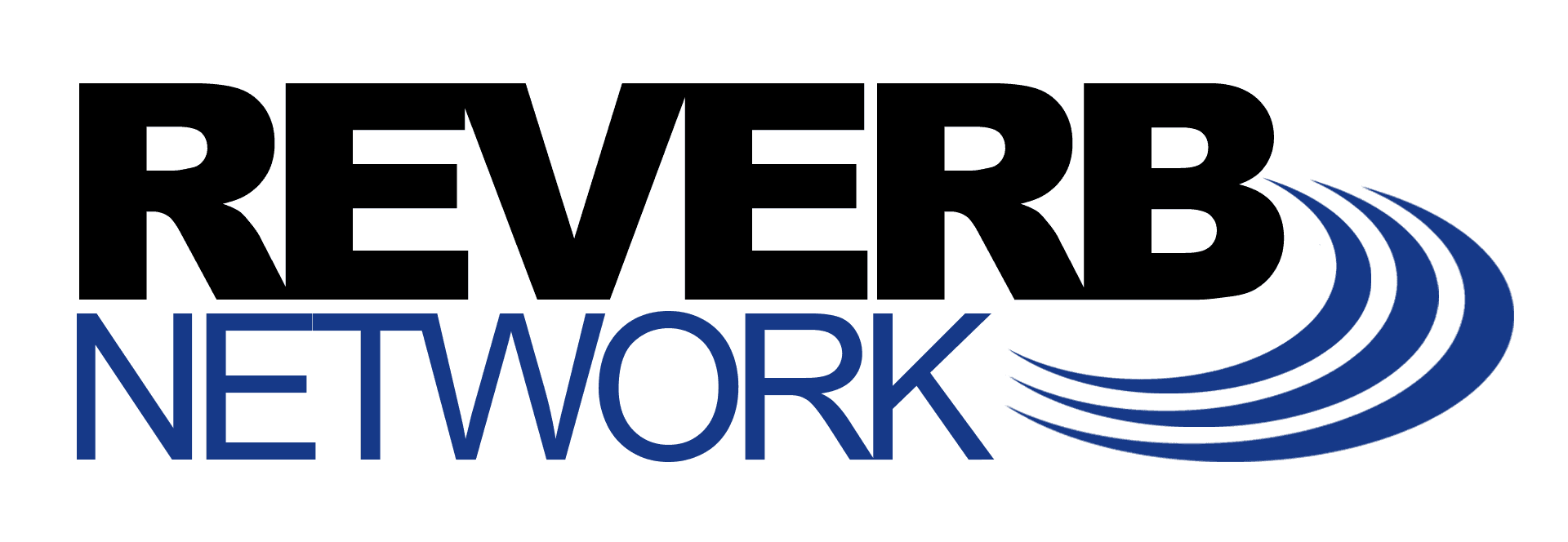Model for Organizational Culture Change
Luke Kuepfer • February 28, 2020
In this post, we’re introducing a 5-phase model for organizational culture change:
Phase 1: Assessment—Considering the characteristics of a Healthy Leadership Culture in my post on Ephesians 4:1-16, answer the question—“How well are we doing in each of these areas?” In this first phase we need to understand present reality by looking at both concerns and opportunities.
Phase 2: Analysis—Considering the characteristics from Ephesians 4:1-16, what areas need improvement and what’s causing problems? In this phase we need to determine the areas needing improvement and identify the causes of problems.
Phase 3: Realignment—In this phase, structures, systems, and processes need to be reworked in the organization. Since building support for the new culture is “hard” work, expect some resistance.
Phase 4: Adjustments—In this phase refine systems and policies based on feedback to the realignment that took place in phase 3. Reinforce desired behaviors and values. Senior leaders must lead the charge in refining systems and policies to reinforce the new culture.
Phase 5: Reinforcement—Senior leaders should proactively take the following steps to reinforce the new culture, maintaining and sustaining change by:
- Matching new goals, strategies, and programs with cultural values.
- Hiring staff and selecting leaders whose attitude and behavior fit the preferred cultural values.
- Recognizing, rewarding, and celebrating those whose behavior promotes the organization’s cultural values.
- Developing and implementing an evaluation process.
- Creating traditions and symbols that promote the preferred culture.
- Setting the example.
[Next week we will discuss the formation of an organizational vision statement.]














